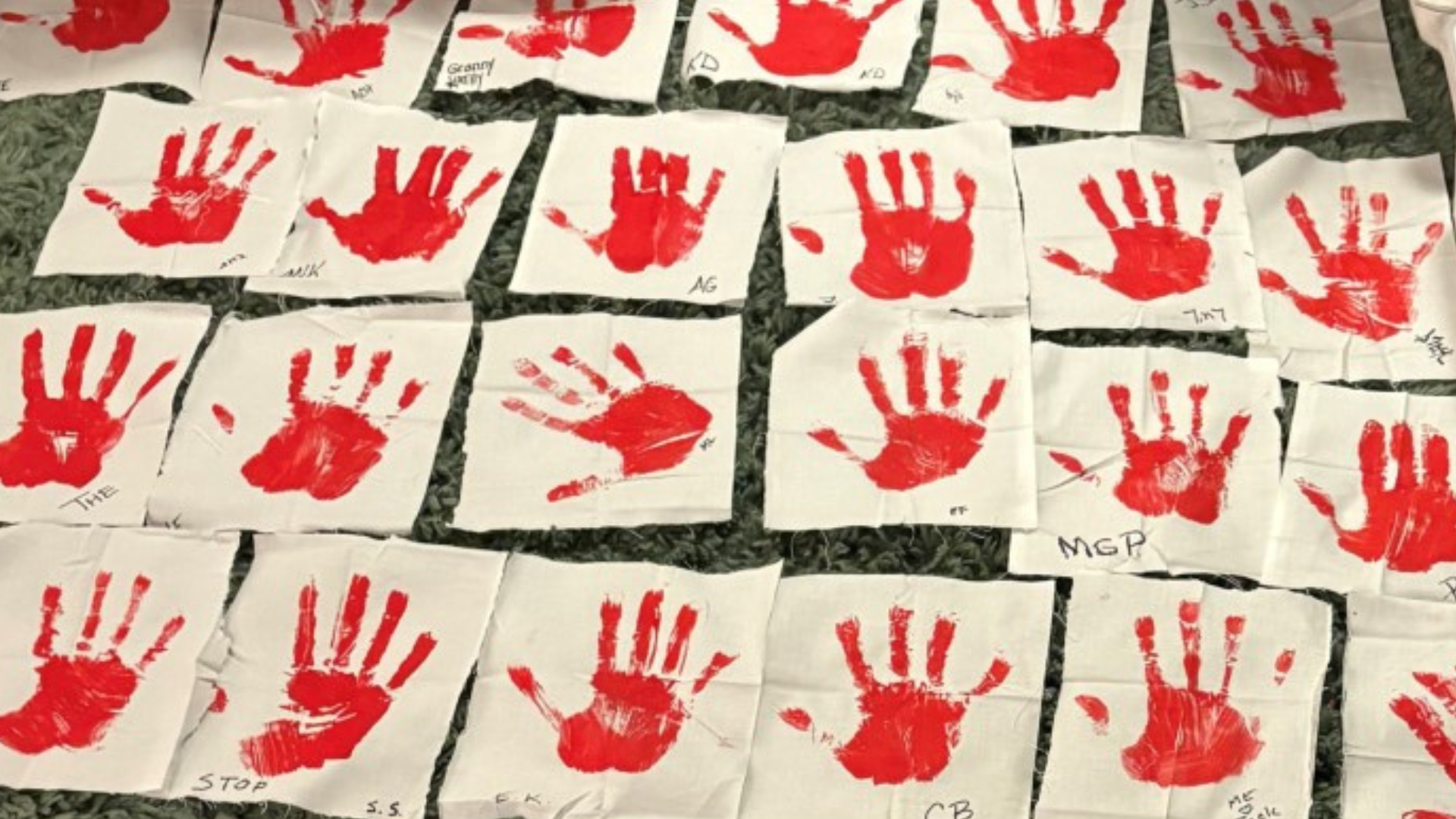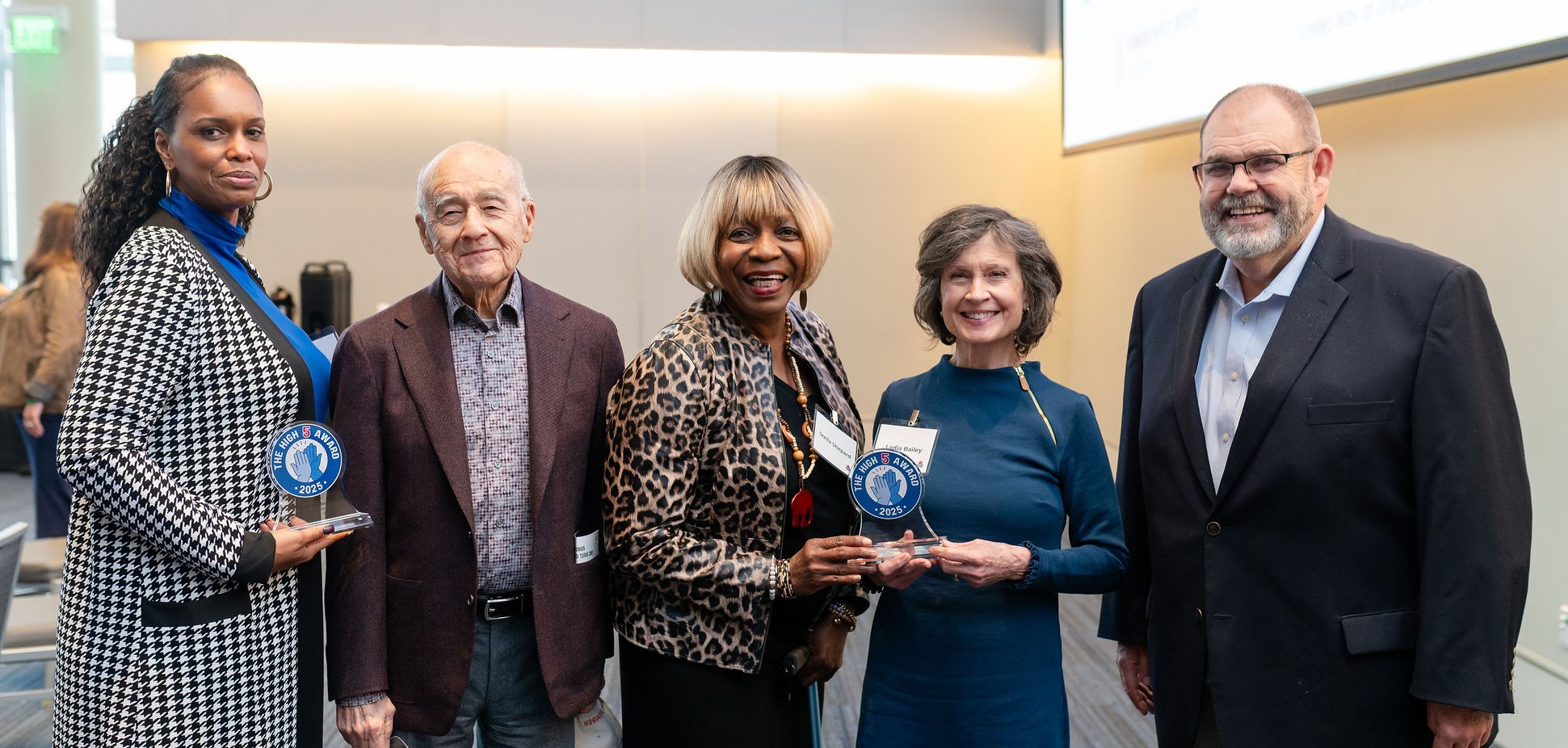The Cuyahoga County Board of Health holds press conferences to update citizens on the coronavirus pandemic on Tuesday and Friday mornings.
Cuyahoga County Board of Health (CCBH) commissioner Terry Allan began his remarks by thanking people for celebrating while social distancing over the past holiday weekend.
“We knew people were outside walking where the weather was supportive people were outside walking around and doing that you know I think in a very safe way people understand the message around social distancing,” said Allan.
He then brought up the recommendation that people wear masks while out in the community. He shared how to wear it – saying that the mask needs to be snug and cover both the nose and the mouth – and reiterated that Dr. Anthony Fauci suggested that up to 50 percent of people with COVID19 are asymptomatic.
Up to 50 percent of people with COVID19 are asymptomatic.
He then said the next message is that people need to stay home when they are sick, saying that other symptoms of being sick including diarrhea and body aches can also be related to COVID-19 so he says it’s important to pay attention to symptoms other than the classic COVID-19 respiratory symptoms.
Allan then mentioned Governor Mike DeWine ordered that long-term care facilities notify families within 24 hours if a resident or staff member tests positive for COVID-19, and a list of facilities will then be posted on the Ohio Department of Health’s website.
“We know that these congregate living conditions places, where people live in close proximity are particularly at risk and share common spaces and these are realities that we have in the way that we interact as people,” said Allan. “We know folks living in congregate settings like long-term care facilities and skilled nursing facilities are people that have underlying health problems. They are elderly, they may have multiple chronic conditions, some of them may also be at a very important critical end-of-lifetime and so we need to be we need to understand they may be particularly susceptible in those environments.”
Right now it's a particular concern that we try to be safe but recognize that we don't want these businesses long-term care facilities and nursing homes to be stigmatized.
Allan then praised those workers who are still going in to those facilities, going in every day to provide quality service and care for those at-risk. He praised doctors, nurses and support staff who go into those facilities each day.
“Right now it's a particular concern that we try to be safe but recognize that we don't want these businesses long-term care facilities and nursing homes to be stigmatized,” said Allan. He then shared that in Dayton there was an issue where people didn’t want to drop off pallets of food at a long-term care facility because of the stigma of COVID-19.
“We need to think about what are our basic human responsibilities to each other and try to understand the science and understand that dropping off pallets is not proposing a risk to the individual dropping off pallets that we want to make sure that the supplies for the workers and for all the residents of those facilities are available for them,” said Allan.
Dr. Heidi Gullett, the medical director of the Cuyahoga County Board of Health by thanking members of the media, and by thanking those in the community who have donated time, money or supplies to social service organizations in the community.
This is a time where we have the opportunity to see all the best in what we can do for each other.
“This is a time where we have the opportunity to see all the best in what we can do for each other we can all be at our best in the midst of a crisis and we see that it gets reported to us and so we want to acknowledge and honor everybody who's being so generous and during this time gratitude is really going to be one of the key things that gets us all through this this time,” said Gullett.
She then preceded the COVID-19 numbers for Cuyahoga County by reminding people that each number represents a person who is, or was, an important member of our community.
Gullett said there are 845 confirmed cases in Cuyahoga County, excepting the City of Cleveland. The age range of those affected is one-week old to 101-years-old, and these people got sick from February 29 through April 8.
“What that [date range] represents is that we have continued transmission in the community we have continued spread of the virus when people are having symptoms developing within the past week we know more new transmission is happening,” said Gullett.
Twenty-five people have died of COVID-19 in Cuyahoga County, and those who died were 55 to 99-years-old.
Gullett then acknowledged how difficult this time is for everyone.
“It is too early for us to let up on all of the public health measures that we have in place. This is all wearing on all of us,” said Gullett. “Even those of us who do simulations of pandemics because this is the work we do it's still impossible to fully appreciate what these efforts would look like until you live them.”
She stressed that she, and the Board of Health understand just how difficult the public health measures like social distancing are when everyone is also worrying about the economy and their personal finances.
“It's very hard to be dealing with layoffs furloughs lack of income bills this is really hard for all of us and there isn't probably a more powerful determinant of health or powerful indicator of the ability for people to be healthy than having a job and having a strong economy so we do not take this lightly in public health,” said Gullett.
She said that despite these fears, it’s important that people “don’t get too comfortable with the fact that we are making progress.”
Gullett also shared that they have continued to get reports of parties that happened over the last few days where people have gotten sick. She asked people to not do this because it will just make the social distancing measures need to last longer.
“For all of you who are not doing those things we thank you. And for those of you who think it's just a few members of my family, we've got to see each other, a few of my friends we had none of us have it. Actually you might and you may pass it along, so it's really important not to do those things,” said Gullett.
She then went on to say that CCBH has been in close contact with long-term care facilities, and the county has coordinated to try to make sure they have all the personal protection equipment that they need, and she urged people not to stigmatize those businesses where someone does test positive for COVID-19.
It's not a failure of leadership in any of those organizations or a failure of everyone wanting to do the right thing this is a reflection of the degree to which our community has been impacted by coronavirus.
“It's not a failure of leadership in any of those organizations or a failure of everyone wanting to do the right thing this is a reflection of the degree to which our community has been impacted by coronavirus or COVID19,” said Gullett.
Gullet then, responding to a question, explained how contact tracing works. She said once someone is diagnosed they trace back to find anyone who has had contact with that person for the previous 48-hours. She said CCBH then contacts each one of those people and asks people who are not sick to quarantine themselves and for those who are sick to isolate themselves.
Gullett said that the staff of CCBH, combined with medical students at the Case Western Reserve University School of Medicine, have been able to do this contact tracing and stay ahead of the infection and that they will reassess if they need more help in the future.
As to why those in nursing homes or long-term care facilities are at greater risk, Gullett said that it’s a variety of reasons, including there are many people all living together in a relatively small space, that these people often have underlying conditions and that there are frequently different people coming in and out of facilities.
Responding to a question about if she’s concerned that people will get complacent if they see numbers of new COVID-19 diagnoses go down, she said that she is.
“Thank you all so much for making the sacrifices you have to stay home those of you who are furloughed from work you know we know that's not easy and so thank you for doing those things but we also know that this is not a time where you can say well it must be lower I can go out and do a little more today,” said Gullett. She also stressed that lower numbers do not mean that there isn’t a great degree of spread within the community.
If we get more testing you will see more cases we're still seeing new cases.
“If we get more testing you will see more cases we're still seeing new cases,” said Gullett. “All those new cases have the potential to infect many, many, many other people and if they don't isolate it will be that many more people…I can tell you there’s still a lot of infection here.”
Allan closed the meeting by stressing the importance of public health, and bringing up how public health staffing has been cut by about a third in recent years and funding for public health needs to increase.
He stressed, for example, the importance of contact tracing for COVID-19 and other communicable diseases. “The message here is prevention,” said Allan. “We know that if you do that up front you save lots of money on the backend. You pay now or you pay a hell of a lot more later to deal with the response.”








